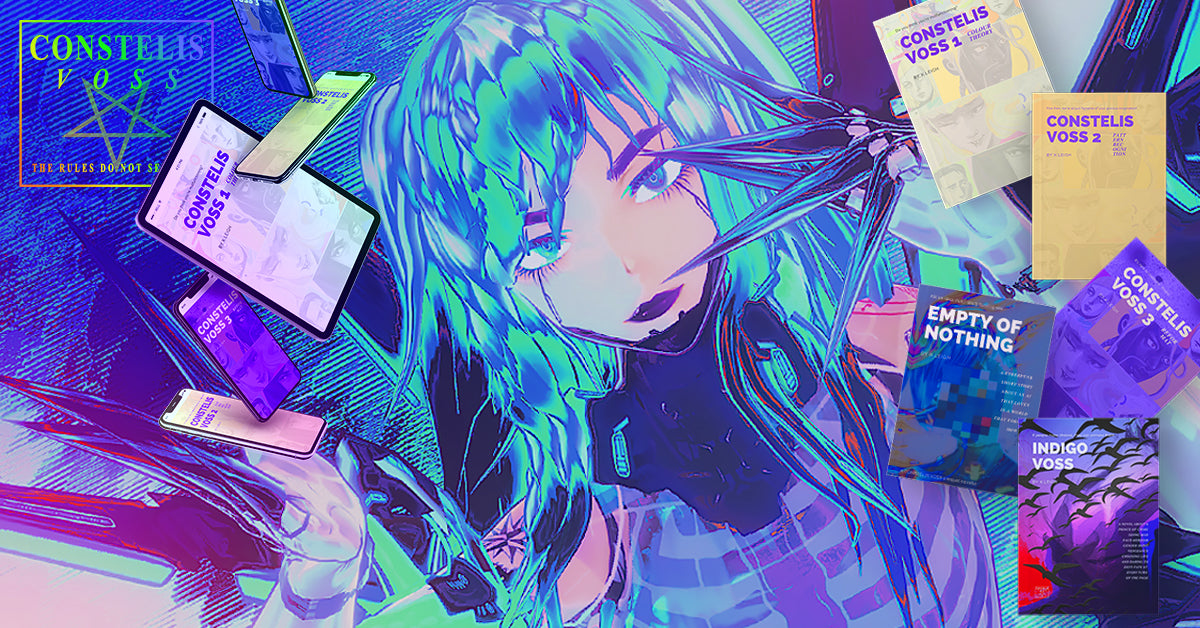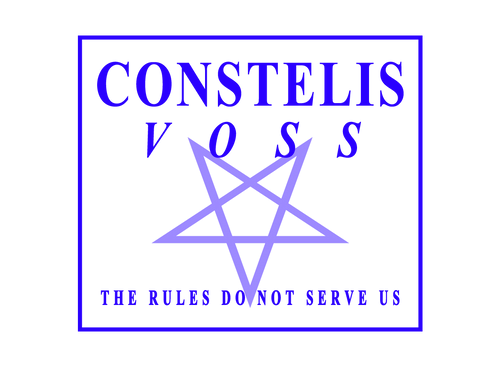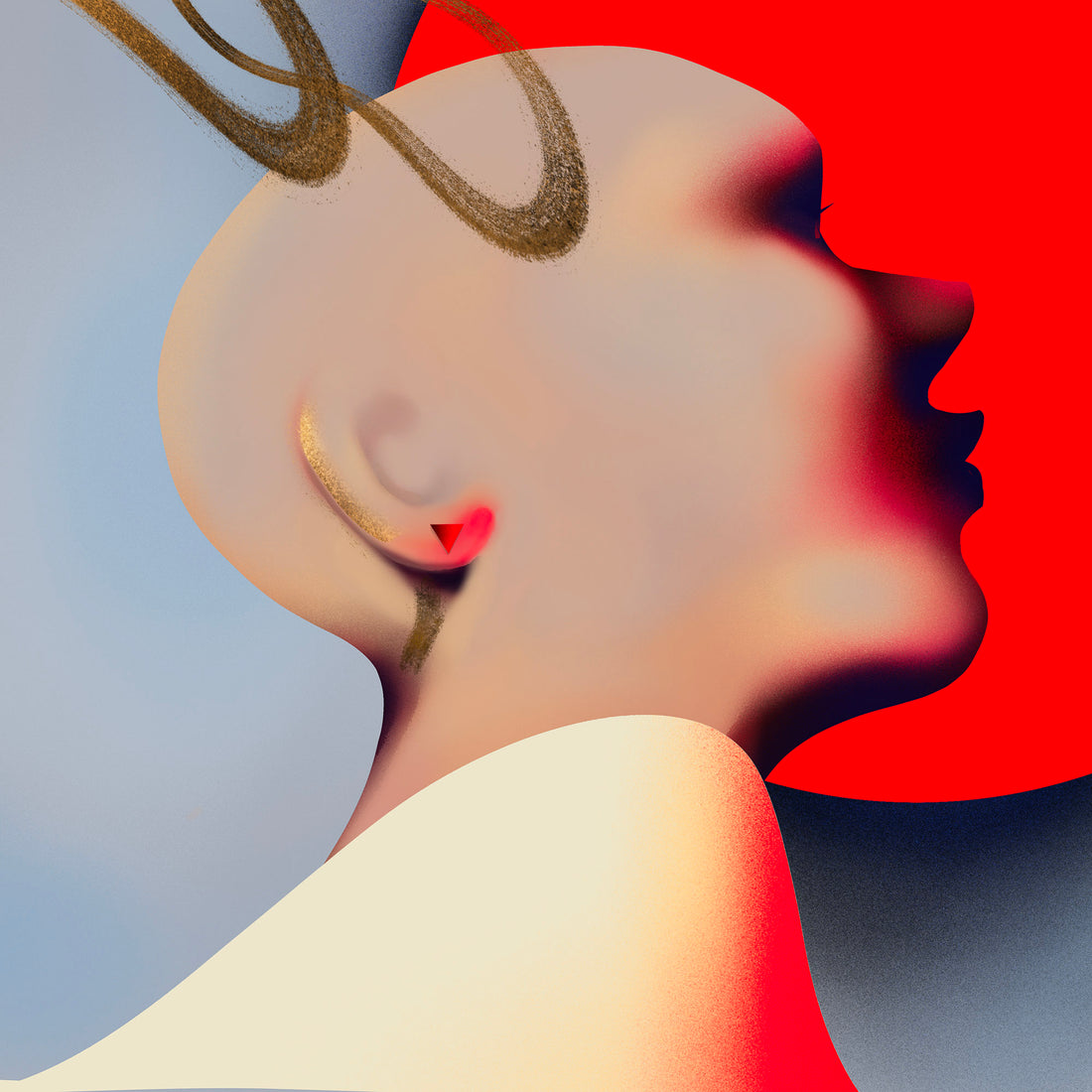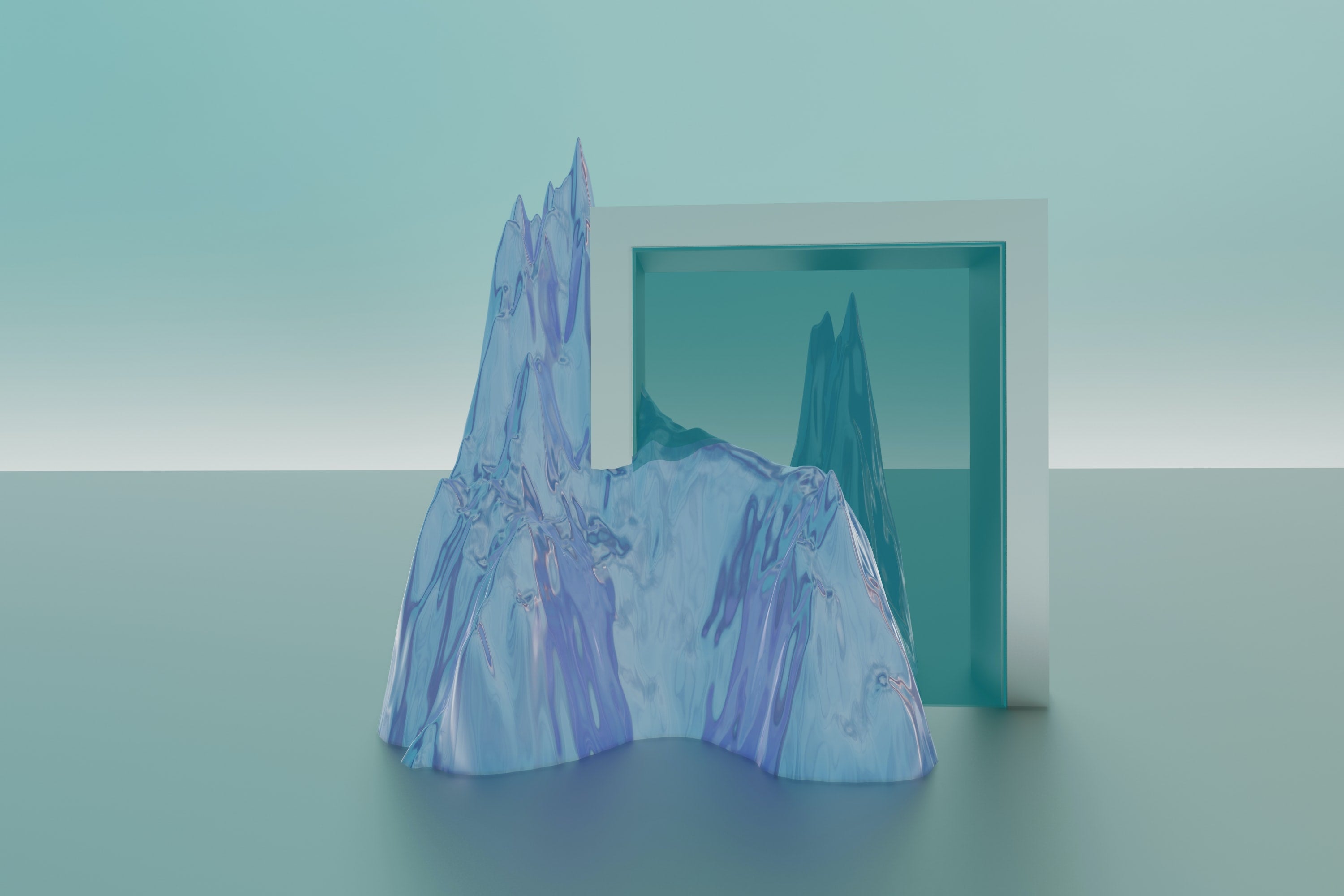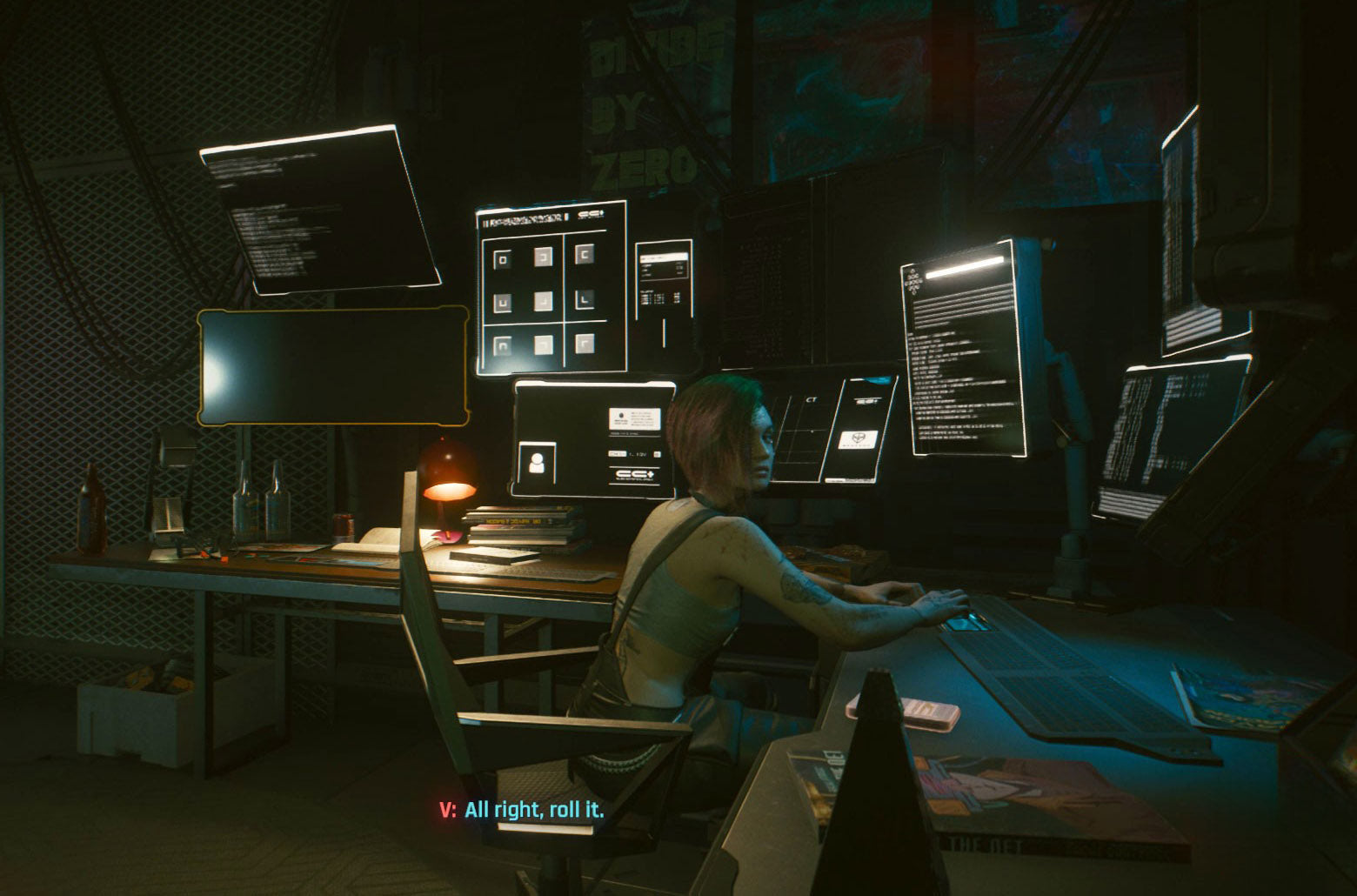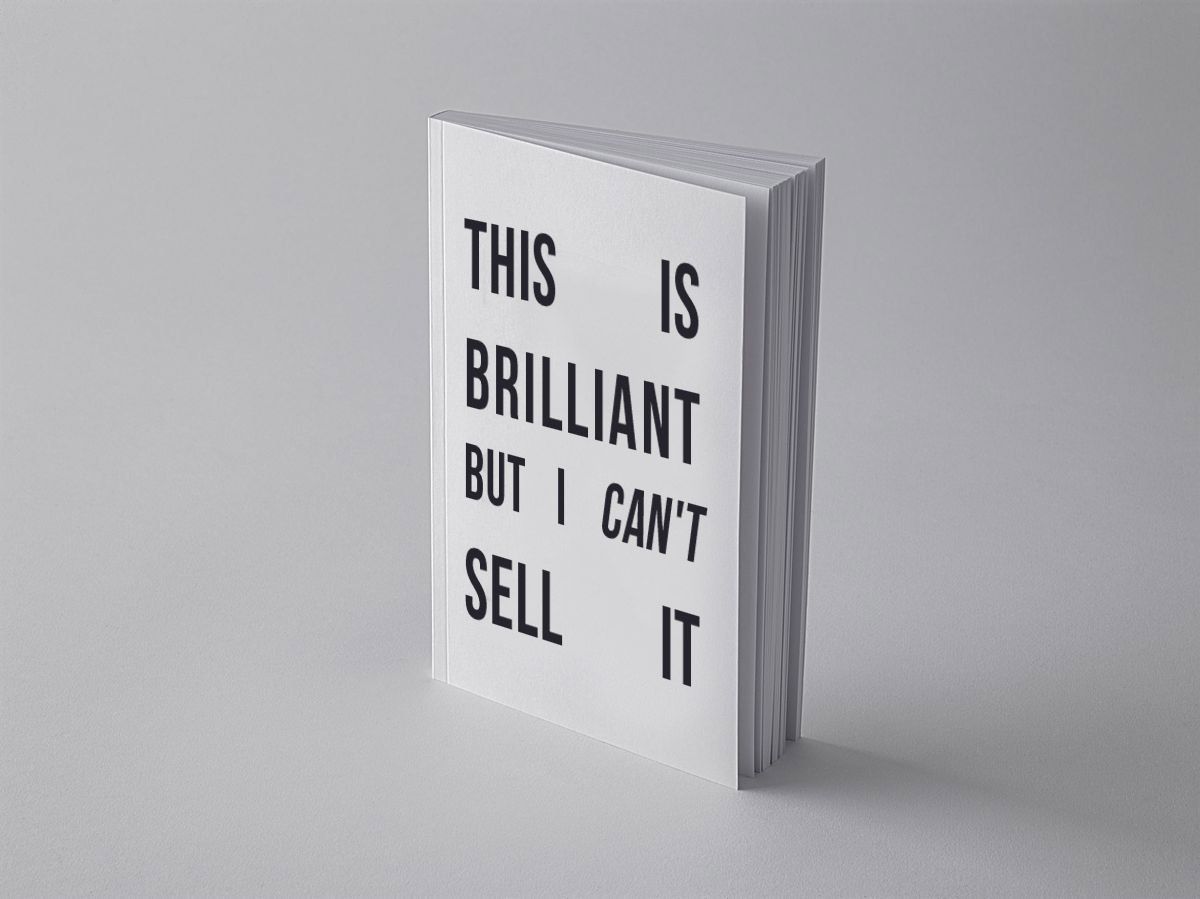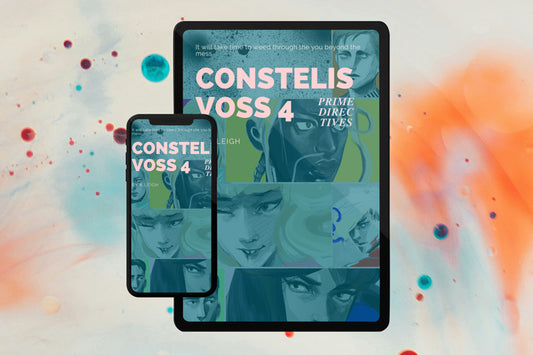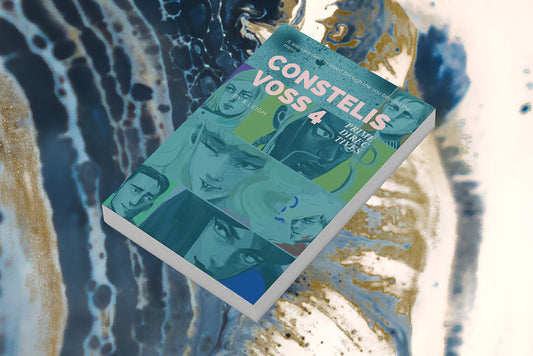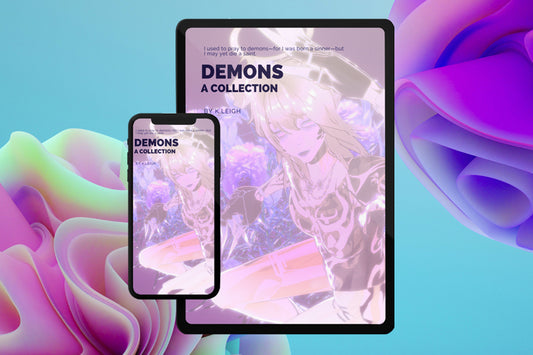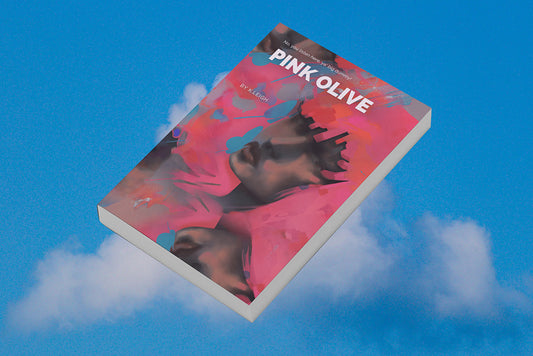Art: it decorates your walls, transports you to new worlds and inspires you. Many people love art, but don’t think they can make it themselves. Many more try their hand at art, but never continue after their first doodles. What if I told you that anyone can make great art and that the best part of art is the process?
Green artists who want to capture a beautiful face right off the bat would disagree with me. As would professional artists who live and die by their finished works. But that’s not the real point of making art. Artist or audience, you must sit with art, stew in it, let it unfold and teach you.
Learning the process of art making is no easy task, but it’s rewarding and carries invaluable skills you might not suspect. Moreover, once you’ve got a flow method down, you can make really anything you want in any medium under the sun. It just takes being brave and leaning into your individual creative process.
Let me try to help you get started making art, your way. But first, some thoughts on what art is, because that’s important starter material. Fair warning: this is quite a long read, but I promise that it will help you make art that's all your own.
Art is so much more than just observation
The process of making art goes beyond paying attention to the world and your surroundings. Effectively, you have to counter yourself and your brain. For example: you want to paint a face. Your brain thinks it knows what a face is and shortcuts how you see faces. That’s why when you study a face really hard and try to doodle it, it feels like your brain is fighting you. You must train yourself to see the flat planes, color, and shading beyond your mind’s shortcuts. Being present and fully in the moment breaks that spell.
What about writing realistically? To write better stories with characters that feel alive, you must go beyond paying attention to real people and how the world looks and feels. This skill shares a house with painting, by the way. Your mind knows what a red curtain is, for example. But that red could be a billion different colors, textures and shapes. Describing the world in a story means exploring it beyond what your brain assumes is true.
To create great art, you must be willing to sit with your emotions, other people, light, shadow, memory and so much more at a deeper level. Being an artist isn’t merely having coordination and observation skills. It’s about seeing past yourself.
Speaking of yourself, you can learn more about yourself, the world and make sense of being human with art. Art is not just a picture, a story or a song. It’s therapy, it’s language, it can be rebellion, or even education. You can use art like a barometer for your emotions, a map for your mind, or even help solve problems in the world.
Art is powerful and has expansive definitions. It’s also defined by what it isn’t.
Art is not a product, no matter what capitalists say
Art is very many things, but what it isn’t is a product. Raw artistic expression very rarely makes it past capitalism’s gates. When it does, those are exceptions to the rule. Art is uniquely hard for capitalism’s stewards to monetize because its value is beyond measuring.
You can’t put an easy price tag on the epiphany that comes from an art object, just like you can’t monetize the memory in your brain, or sell an artist’s process that’ll work for everyone. Part of art lives in the mind and capitalism hasn’t quite figured out how to extract your brain yet.
Products are not art. Art is not a product. You can sell art like it’s a product, but all artists eventually learn that the numbers are just made up. There is no rhyme or reason to what gets a hefty price tag in a gallery and sells for oodles. In fact, prioritizing and artificially fluffing a namesake is what sells the work. Not the art itself. The same can be said for every single art discipline on the planet.
For writing, there is no real rationale behind what gets picked up by traditional publishing and stuffed full of marketing money, save namesake. Any book can be good, even great, with a little polish. Moreover, there’s so much to say, and infinite stories to be told. It doesn’t quite make sense to imagine there’s a formula for what sells. Humans, ergo their art or appreciation for it, are just too varied.
As for music, again, there’s no real rationale behind what record labels pick up. Sure, they could gesture vaguely at data and hit genres on TikTok or whatever it is they do these days. But there are countless incredible independent musicians out there. Are they all bad because they don’t have marketing? Nope. It’s all arbitrary.
It’s impossible to mark good versus great art in capitalist dynamics. It’s impossible to mark art in capitalist dynamics, either. Art is not a product, no matter what anyone says to the contrary.
Now that we’ve got that out of the way, let’s tackle the reason you’re still reading: how to make your art, your way and keep making it. It’s not half as hard as everyone says.
On the importance of the creative process
Regardless of what creative medium you seek to make art in, the process is the same, but completely different. Effectively, the creative process is unique to you and cannot be replicated by anyone to a meaningful degree.
Sure, you can make a copy of Leonardo da Vinci‘s “Mona Lisa”, but it didn’t come from you, you were just doing a study. While studies are meaningful, they aren’t your art. They’re practice to learn something. Nothing more.
The easiest way I can explain the difference between practice (or even parody of art) and the real deal is like taking notes during a lecture by a spirited professor, and being that spirited professor. A professor who has spent years embroiled in their craft and is so goddamn excited to share it with the world. You can’t fabricate the art process. You have to discover it for yourself.
You could be a poet, and your process is drinking tea watching the leaves fall until something comes to you. You could be a musician and jam out until you hit that perfect riff, dive into a fugue state and make the best folk song ever. Your individual creative mark-making, sound creation, or storytelling is what makes art, well, art.
Even a study can be transformative, at times. A reproduction can tell a whole new story. A collage can create new meaning—and that might even be your personal medium. Practicing, remixing, and studying the work of artists that you love, is a good way to get started. But it also isn’t about making something perfect.
Studying your craft is about discovering what you love and are fascinated by. Art is not about the final result. It’s about what you discover and how you leave your mark.
So, how do you begin making cool art, your way?
I’m going to be that really weird fine art teacher who does not suggest you start with the basics and draw a bunch of rendered circles and cubes. I’m also not going to be that amateur musician who says you have to know how to read sheet music, or even play an instrument. I also won’t be that author that says you must read 666 books until you can begin making something good. All of that is bullshit and wastes your precious time.
If you need an accolade to back me up on this: I studied art education and was turned away from a Master’s because, and I quote: “What would we have left to teach you?” Moreover, I won a teaching award for my undergrad work. I taught teens who felt like they had not a single creative bone in their body how to make their art have fun doing it. By the end of my pre-practicum, I had kids making movies, self portraits and using Adobe Illustrator better than artists my age. You should trust me; I merely want you to have fun making art, your way.
You don’t need other people's art processes. You don’t even need a play-by-play guide, though it is sometimes helpful when you get stuck on, say, anatomy. What you really need is to chase what you love and create your own process from that. Preferably into the ground until you get stuck and frustrated. Then, you must adapt.
Today, make something. It doesn’t have to be good or even finished
Today, I want you to just have fun doing something creative. Whatever type of art you think you might like to make, begin doing so. Open up a Google Doc and just start slamming the keys with anything that comes to mind. Enjoy stringing words together without a real plan, save making a wordy mess. It doesn’t matter what you write, only that you try to write something.
For the would-be musicians, you have a slightly harder go, because you need more robust software or hardware. Maybe record humming into a phone, which is a good start to the journey, to be honest. If you love singing, or think you might, record yourself playing around with the vowels, words, and syllables in a rhythmic fashion. As for lyrics, just write some poems in a journal. Your music doesn’t have to be perfect, you just have to try.
For people who might like painting or drawing, just snatch a pencil or a bic pen and some printer paper and go wild. Maybe draw a leaf from memory. Try to draw your cat or dog. Maybe just make simple shapes, or scribble around. You don’t have to make anything special. You must simply move forward.
Time and time again creatives with the acumen of a moist paper bag will tell you that you must study the way they did to be great. You do not. All you need is to begin the journey. Everything else will follow naturally.
The beautiful thing about art-making is that if you really love the process, you’re likely to pick up the skills you need along the way anyways. Humans are ingenious creatures. We adapt and use tools like no other animal. You don’t need an art regimen for that, you just need fun, failure and trying anyways.
Additionally, even if you already have art skills, you shouldn’t know exactly where you’re going with a piece early on. It’s fine to have a sketch, outline, or a melody to build from. You may need a starting point, which is why I suggested you make something imperfect today.
But the plan of art can’t be the north star of your work. When you let the rigidity of a final goal drive your creative vehicle, you create blockers that are almost impossible to traverse. And when some artists hit those—because expectation vs. reality is a bitch—they never get over them. They stop making art forever. I don’t want that for you.
Avoid being married to an inflexible art plan, but do exhaust yourself until you’re painfully bored. Then, you ebb and flow into rest, study, process and finding creative fun again. And that’s when something miraculous happens.
This is the little-known art hack that every professional artist knows: to improve your skills in record-breaking time, you must be creatively tired and still want to keep going.
What if your creative path peters off and you can’t get back on the road?
If your creative journey slows no matter how many times you pivot, this is when the magic happens, but you need to own something first: you will always ebb and flow in art. That is the point of driving your skill into the dirt and moving beyond it. All great artists know this happens and find a way to keep going.
You will go large stretches of time creating incredible portraits, and then out of nowhere you can’t even draw a stick figure. Your musical process will fail you for no real reason and your vocals will sound like dying cats. You’ll write a whole book like magic, and suddenly be incapable of stringing together even one single descriptive paragraph.
This is your creative brain getting tired. The reason I suggested to wear yourself out on craft and not plan is because this will happen many times in your life. If you don’t get used to the ebb and flow of art, it will stop you from making really cool shit. Fact: creative fatigue is the catalyst for incredible artistic breakthroughs.
When creative fatigue happens, that’s when you must rest, study and also play. But how that plays out— pun intended—is totally up to you. Nobody else can unfuck your creative garden. You have to paint random weird shit. You have to seek strange story inspiration and flex genres. You must also nurture yourself: take naps, go on walks, watch a movie, eat a really good burrito. Nobody can tell you when you need to do these things, either.
Professional artists of all disciplines know that play, exploration, rest and fucking things up is par for the creative course. Moreover, professional artists seek to beat their best and do not compare themselves to others. You can have inspiring artists you look up to, but never think they're inherently more talented. This is a myth. Your art heroes just had more practice failing and trying again anyways.
Your art process will never be perfect, but it will be your own. You might hate everything you make for many months. But that’s normal, and you shouldn’t sweat it. Try to have fun with what you make, ruin some paintings, botch a draft and go for broke until you need rest. The skills will catch up to your aesthetics naturally if you keep going. I promise.
You’re making art and found flow. Now what?
This is one of the most fun parts of the creative process and I implore you to embrace it. Say you’ve stumbled upon a great wealth of inspiration, an art process that works for you, a style you’re just hooked on, and you’ve learned to navigate creative fatigue. You want to know how to make consistent art in your way at least most of the time. Write it down. Do experiments.
Be a little art-scientist and see how far you can go with what you now know about your own creative process. Do you work better with limited pallets? Or, can you maybe explore something else? Dive into a color experiment with no discernible destination. Record your results. Boom, you have a new branch of your process and you may want to incorporate that into what it is you already do. This is learning through play.
Suppose you write really great thrillers. What if you wrote erotica? Well, you won’t know until you try. Try writing some smut, and then think about how to incorporate what you learned into what you’re doing. Exploration will improve your writing by leaps and bounds.
As for something like music, try a whole new genre. Or maybe abstract the type of music you’re currently making into its basic parts, then write down your findings. That one might be a little tricky considering you might need to know at least some kind of musical notation, but there are ways around it. Audio recordings, planning stations in Notion, Google Drive. Use your tools to keep your own notes about your own artistic process.
The point is: once you start to really love your process, you’re going to want to push it, learn more things, and write it down somewhere until it becomes second nature.
Approach your art process like a scientist. Journal what you learn, take notes, and then you’ll have your own personal guide on how to make your great artwork. Sure, master classes, articles like this and YouTube tutorials can get you somewhere and are also great if you’re super-stuck. But they won’t get you to your individual art journey.
You have to do that and it’s not nearly as hard as anyone says. It’s just trying, failing, fucking things up and having fun anyways.
Closing sentiments: Have fun and trust yourself
I hope this article has helped you understand what art is and how to take your first steps to making some of it. You have to start somewhere. Might as well make your art journey a fun trip.
That way, you’re more likely to keep chasing art and improving. And who knows? You might just make one of the most inspiring, beautiful, or challenging pieces of art the world has ever known.
Everyone is an artist. Yes, even you. Now, get started creating, know you’ll suck until you get better, and just keep going. Also, remember to have fun and take breaks when your creative brain gets tired. :) Good luck.
